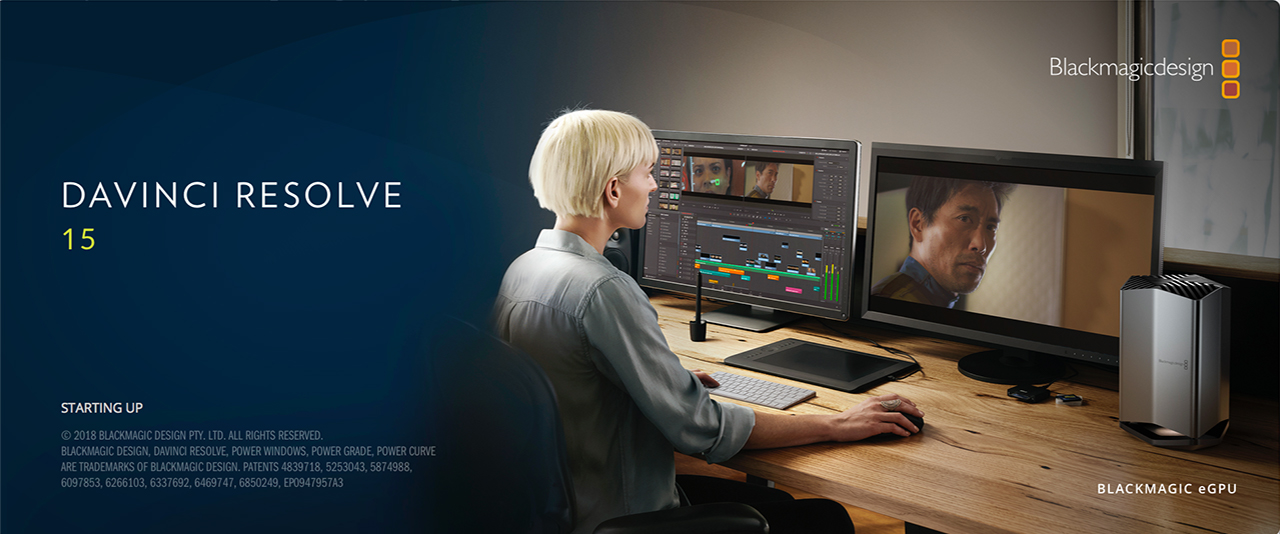

If you want your actor’s skin to look smoother for example.

Sometimes – for example on skin – this smoothing out process might even be desired. If you use this effect too much (blurring and sharpening) things can start to look a bit plastic. That’s why the Remove Grain effect has some controls for you to adjust to try to keep the image sharp, whilst also smoothing out the grain. The downside of this is that some details and sharpness can be removed from the image at the same time. In a way, the program is blurring everything a tiny bit to smooth out those noise artifacts. The way grain gets removed is by smoothing out the image. After Effects – Effects – Noise & Grain – Remove Grain.If you already have a Adobe CC subscription, then you will find a grain remover effect.

There are many programs which can help you reduce noise from your video. Fixing Noise from a Video using After Effects On my Samsung S9 I’ve filmed at 200-300 ISO without too much trouble. For example, when filming with a smartphone about 100 ISO or below is usually good enough. How do you know if there’s enough light? Because you will be able to keep your ISO level at an acceptable level. Put simply, there is one way to make sure you keep noise down: make sure there’s enough light when filming. If you use a Log or Flat setting in your camera, this can make your video much more sensitive to noise problems.īut no video camera is immune to adding noise.


 0 kommentar(er)
0 kommentar(er)
